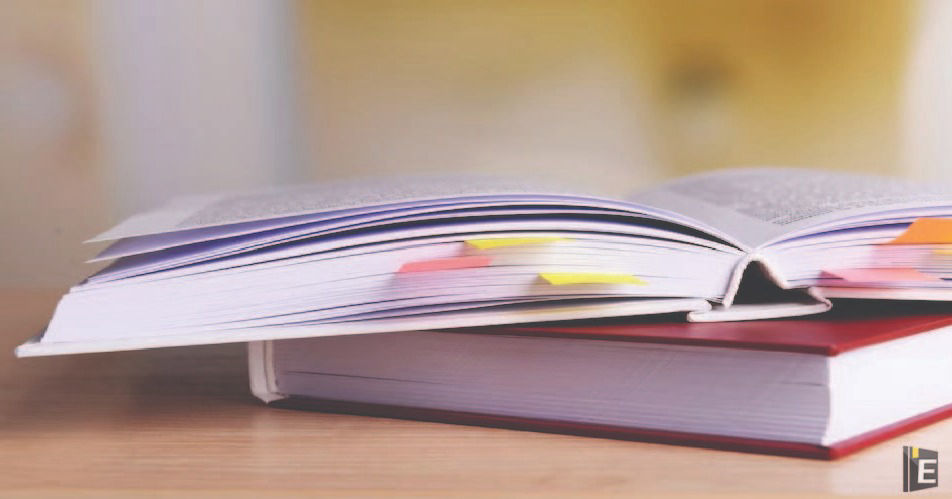GK Questions Quiz with Answers

Here is the GK Questions Quiz with Answers where you can test your knowledge on a wide range of topics! This GK Questions Quiz with Answers is designed to challenge your understanding of various subjects, including history, geography, science, sports, and more. It's a great way to learn new facts and impress your friends with your intellectual prowess!
GK Questions Quiz
In this article GK Questions Quiz with Answers, we are trying to provide the most important and latest General Knowledge Questions related to History, Geography, Economy, Constitution etc for upcoming competitive exams. This quiz of GK Questions with Answers is very important for all government exams.
Master the Quiz: Embark on a Journey of Learning with our Dynamic General Knowledge Mock Test and Current Affairs Mock Test!"
Also, Read Latest Current Affairs Questions 2023: Current Affairs Today
GK Questions Quiz with Answers
Q :
Who was the Viceroy of India at the time of starting the Non-Cooperation Movement?
(A) Lord Hastings
(B) Lord Irwin
(C) Lord Dalhousie
(D) Lord Canning
Correct Answer : B
Explanation :
During that time, Lord Irwin was the Viceroy of India.
After the Battle of Buxar (1764), the East India Company got the Diwani rights of which of the following places?
(A) Bengal
(B) Bihar
(C) Orissa
(D) ALL OF THE ABOVE
Correct Answer : D
Explanation :
The Mughal Emperor Shah Alam II granted the Diwani of Bengal, Bihar, and Orissa to the East India Company in 1765. The Battle of Buxar was fought between the British and the combined forces of Mir Qasim, Shuja Ud Daulah who was the Nawab of Awadh, and the Mughal Emperor Shah Alam II.
By which one ordinance was the Securities and Exchange Board of India given statutory status?
(A) 1990
(B) 1992
(C) 1993
(D) 1988
Correct Answer : B
Explanation :
It was established on 12 April 1988 as an executive body and was given statutory powers on 30 January 1992 through the SEBI Act, 1992.
How are Members of Parliament replaced in case of death and resignation?
(A) Through by-elections
(B) Through general elections
(C) Both
(D) None of the above
Correct Answer : A
Explanation :
The President of India names an individual as the Prime Minister who is either the head of the gathering which holds a majority share of seats in the Lok Sabha or is an individual who can win the certainty of the Lok Sabha by picking up the help of other ideological groups. Any remaining ministers are named by the President on the counsel of the Prime Minister.
Who the representative from states in Rajya Sabha is elected by the
(A) Chief Minister of the state
(B) Governor of the state
(C) President
(D) Elected members of the state legislative Assembly
Correct Answer : D
Henry Derozio was the leader of which of the following reform movement?
(A) Self-Respect Movement
(B) Aligarh Movement
(C) Young Bengal Movement
(D) Singh Sabha Movement
Correct Answer : D
Which one of the following statements is NOT true regarding the radical leaders of the Indian National Congress?
(A) They criticised the moderates for their 'Politics of Prayer'.
(B) They emphasised the importance of self-reliance and constructive work.
(C) They felt that the British had respect for the ideals of freedom and justice.
(D) They believed that people must fight for their swaraj.
Correct Answer : A
Explanation :
The Extremist Party was a faction within the Indian National Congress that emerged due to differences of opinion among the members, whose leaders were Lala Lajpat Rai, Bal Gangadhar Tilak and Bipin Chandra Pal. After the Partition of Bengal, this party came into clear conflict with the people of the moderate party of the Congress. [1] The Swadeshi movement started as a result of the Partition of Bengal (1905 AD) in which British goods were boycotted and indigenous production was encouraged. Extremist leaders Arvind Ghosh, Lokmanya Bal Gangadhar Tilak, Vipin Chandra Pal and Lal Lajpat Rai wanted to implement the Swadeshi movement in the entire country, while the moderates wanted to limit it only to Bengal. The differences increased and in the Surat session of the Congress in 1907, the Congress got divided into 'Moderate' and 'Extremist'. [The extremists wanted to make Vande Mataram the national anthem while the moderates were supporters of Jana Gana Mana.
People who study historical objects are called.
(A) Curators
(B) Archaeologists
(C) Archivists
(D) Calligraphers
Correct Answer : B
In which text of Buddhism were the rules for the monks and nuns of the Sangha compiled?
(A) Vinaya Pitaka
(B) Sutta Pitaka
(C) Abhidhamma Pitaka
(D) Vinaya Pitaka
Correct Answer : D
Explanation :
Vinaya Pitaka was the book in which all the rules made for the Buddhist sangha was written down in.
Where in Odisha did tribal people protest against displacement, upon the setting up of an aluminium mine?
(A) Dhaulagiri hills
(B) Niyamgiri hills
(C) Chirmari hills
(D) Giridih hills
Correct Answer : D



